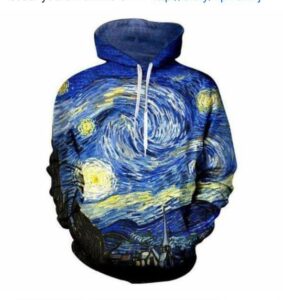Walter Benjamin’s ” Work of Arts in the time of Mechanical Reproduction” is a seminal work that remains timeless as it brings to the forefront the topic of art and the questions underlying it. Benjamin first argues that reproduction deprives art from its “aura” and ,thus, prevents people from experiencing the feeling of “originality”. However, he goes on to state that reproduction can also serve art in the sense that it makes it available to the masses. Relevant enough, in our modern times, social media platforms, such as Instagram and Facebook, expose people to various forms of art and allow rising artists to expose their art widely and make it known to people. One might argue that people need no longer go to expensive museums in order to enjoy their favorite work of art. Yet, originality remains a valuable commodity. The effect an original piece can have on us changes differently from one person to another. The value of a work of art depends on what Hume refers to as the “internal faculties”. Art is valuable only if it evokes a certain feeling in people. While someone can see a million things in a piece of art, another might not see anything at all. The reproduction of art is a double edged weapon. While it can deprive a piece of art from its ” aura”, as Benjamin claims, it can also amplify it through mass dissemination that social media allow.


 = =
= =

